Deadly and devastating tornadoes throughout the world's history
Terrifying tornadoes
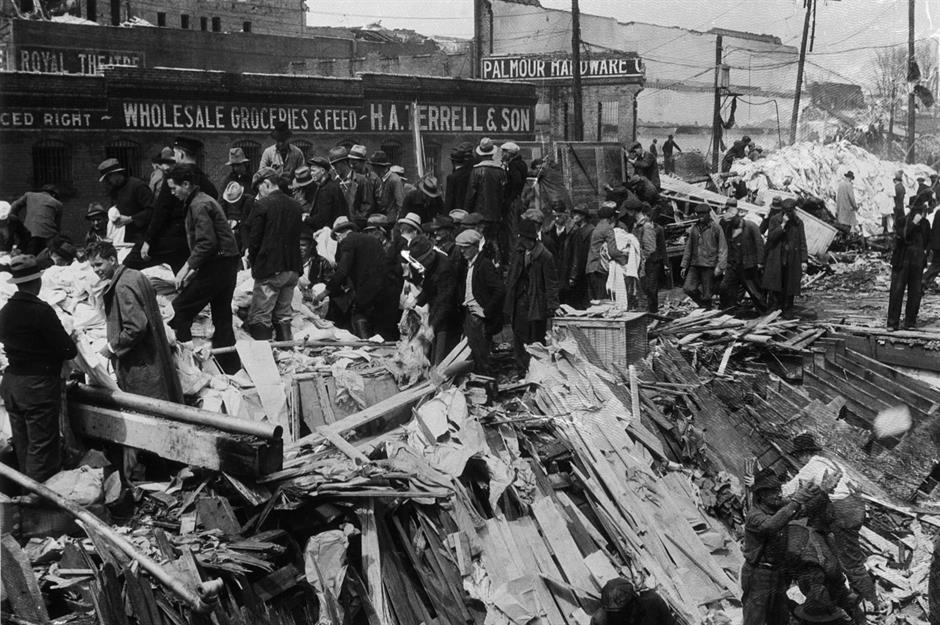
Tornados, or twisters, are among the world’s most terrifying weather events, tearing across land and often causing extensive damage and death. Defined as vertical funnels of frantically spinning air, they come from thunderstorms and can also hit land after gathering speed and forming spouts in bodies of water. And certain parts of the world are far more susceptible. From tornadoes with the highest death tolls to tragedies that could have been avoided, here are some of the deadliest and most devastating tornadoes of all time.
1550s: Valletta, Malta
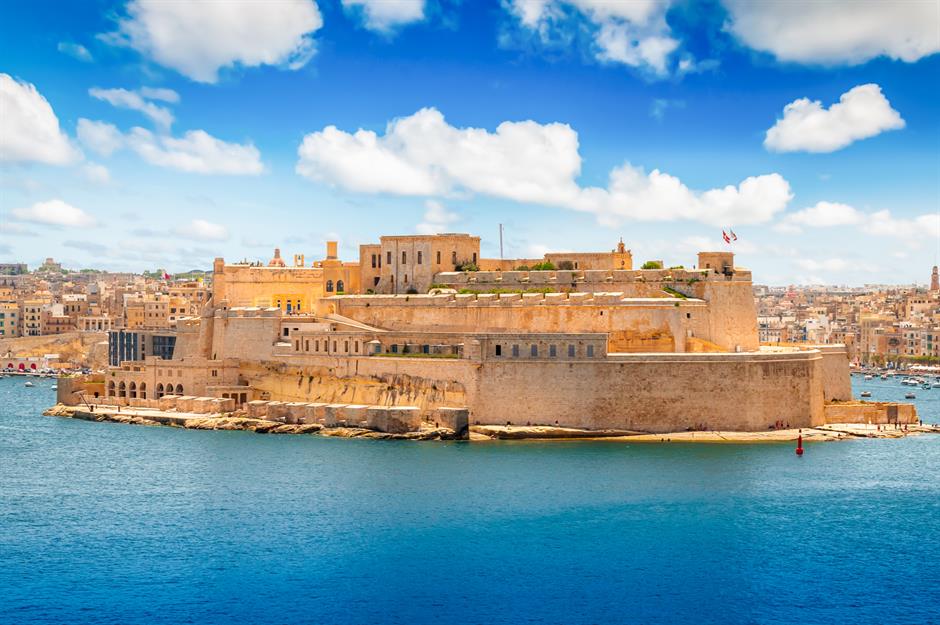
Among the oldest known tornadoes in European history, this 16th-century twister was a rare occurrence when it hit the Mediterranean archipelago of Malta. It struck the Grand Harbour in September 1551 or 1556 (records are unclear), starting as a waterspout at sea and twisting towards the land. An estimated 600 people were killed, most of whom were aboard an armada of ships that were capsized in the harbor. It’s known today as the Valletta tornado, though the town – known for its honey-hued limestone, pictured here today – didn’t officially exist until 1566.
1674: Utrecht, Netherlands

Known as the Tempest of Utrecht, the storm that hit the Dutch city on 1 August 1674 was brief but devastating. It pretty much wiped out the city, tearing the roofs from homes and towers from churches. The city’s cathedral was destroyed save for the iconic Dom Tower, which still stands today (pictured). There’s an ongoing debate as to whether it was the result of a single tornado, a broad storm front known as a bow echo or, most likely, a combination of the two – with the tornado creating localized destruction in Utrecht while storms also tore through other parts of northwest Europe.
1838: Kolkata, India
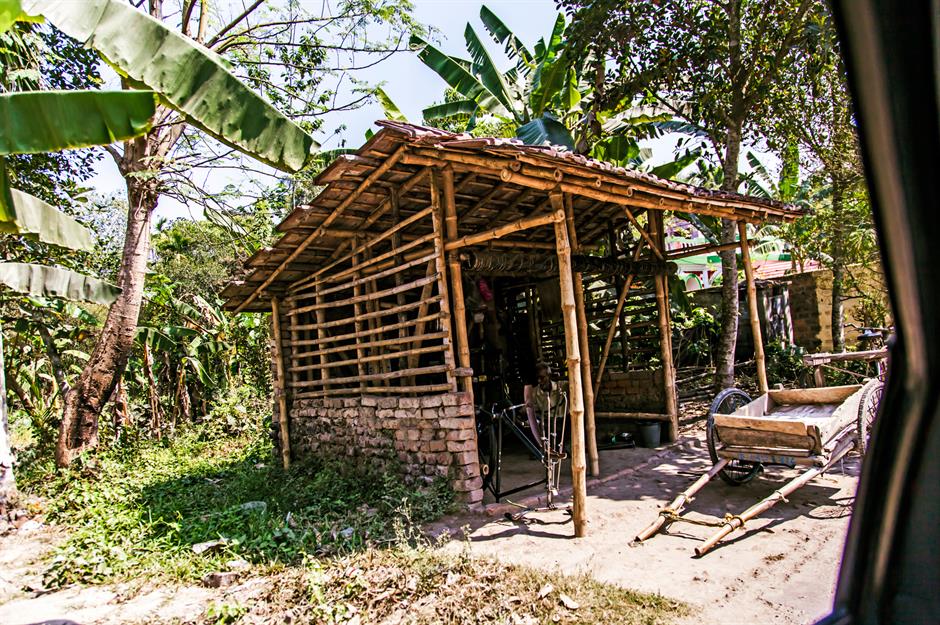
The first documented tornado in the Indian region tore through the eastern suburbs of Kolkata (formerly known as Calcutta) on 8 April 1838. It was so severe in its impact partly because it moved so slowly along its 16-mile (26km) path, taking around 2.5 hours to swirl across the land with devastating results. An estimated 215 people were killed, while an account of the tornado describes villages left desolate and trees “twisted” out of the ground. Sonarpur, pictured today, was among the villages badly hit.
1840: Natchez, Mississippi, USA
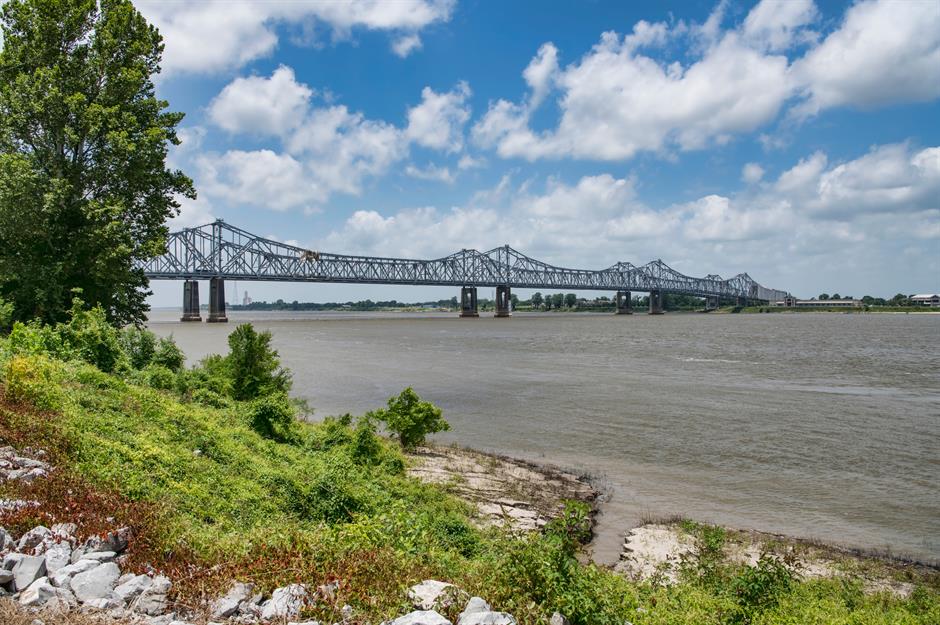
It’s widely believed enslaved people weren’t counted among those killed in the wake of the Great Natchez Tornado, which struck on 7 May 1840. That means hundreds unaccounted for, as the tornado hit several plantations bordering the Mississippi River, as well as pretty much leveling the city of Natchez. The official death toll was 317 with 109 injured, making it the only tornado with more fatalities than injuries and the second-deadliest tornado in US history, after the 1925 Tri-State Tornado. Natchez has since rebuilt, with its Natchez–Vidalia Bridge (pictured) – linking the city to Vidalia, Louisiana – among its most recognizable structures.
1851: Sicily, Italy

Tornadoes are a rare occurrence in Italy and particularly on this scale. In fact, the tornado devastation caused to western Sicily in December 1851 ranks as the second-worst in European history, after the 16th-century tornado that hit Malta. It began as twin waterspouts hit the coast near the town of Marsala, twisting through Castellammare (pictured today) before returning to the sea. Initial reports of 200 deaths were later revised and it’s believed at least 500 people were killed in total.
1890: Louisville Cyclone, Kentucky, USA
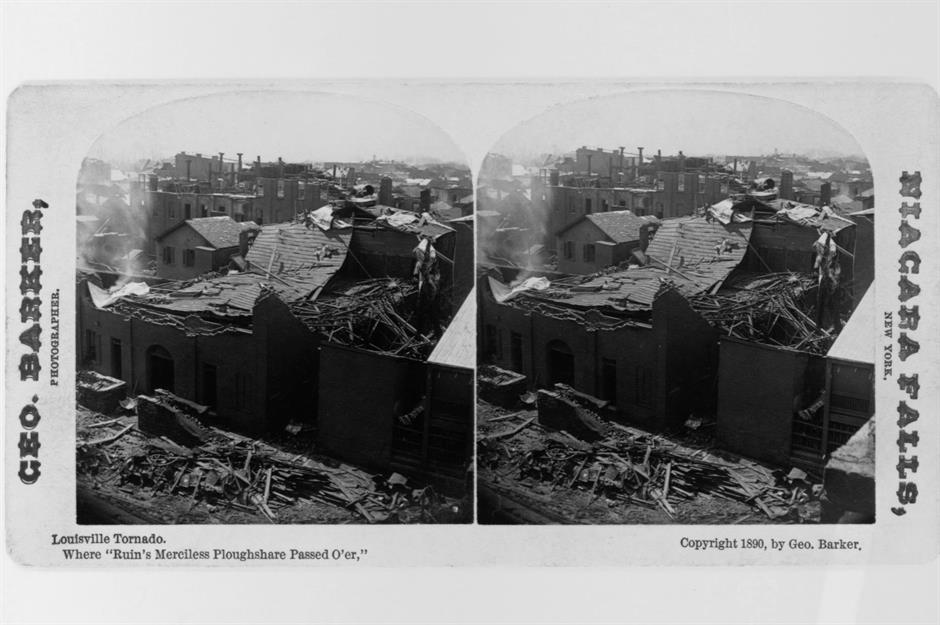
More than 100 people died as a result of the tornado – known as the Louisville Cyclone – that hit Louisville on 27 March 1890, in one of the state’s most devastating natural disasters. Multi-story buildings, including the City Hall, collapsed, some with people still inside. Churches, railroad depots, schools, warehouses and hundreds of homes were ripped apart by the storm, which one newspaper dubbed “the whirling tiger of the air”.
1896: St Louis, Missouri, USA
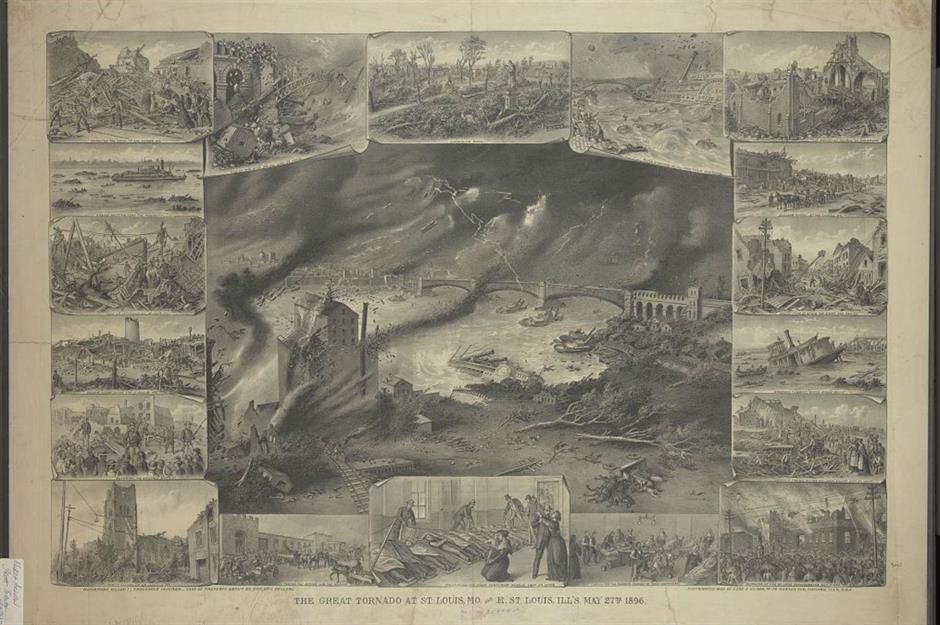
The tornado that hit St. Louis on 27 May 1896 remains the third-deadliest in US history. It ripped through block after block of residential housing, uprooting trees and throwing them several blocks, and blowing steamboats out of the Mississippi River. The tornado was on the ground for less than half an hour but the devastation was major, as was the human cost. In total, 255 people were killed and 1,000 injured in Missouri and neighboring Illinois. Wind speeds reached up to 260mph (418km ph).
1899: New Richmond, Wisconsin, USA
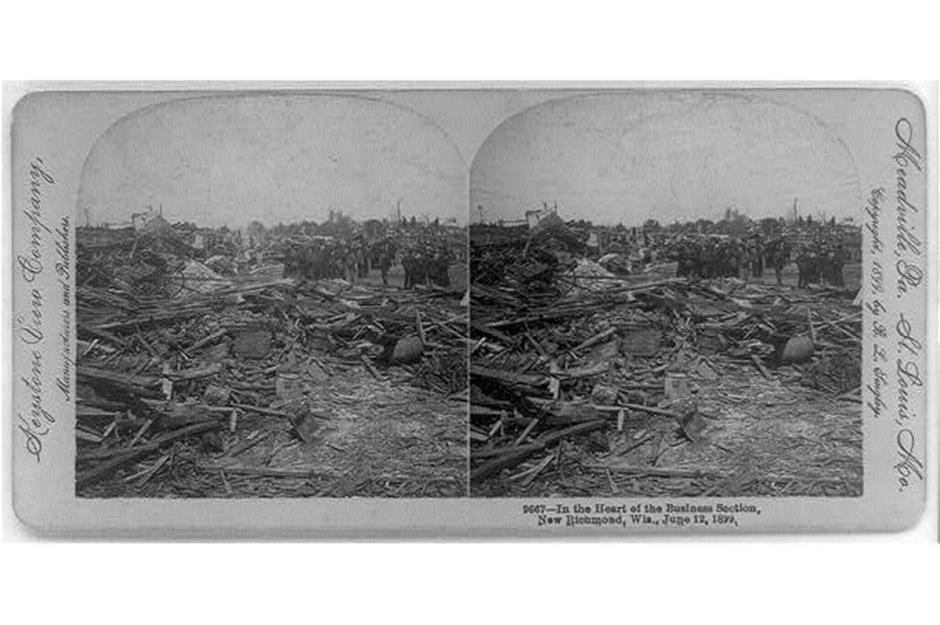
It was a hot summer’s day in June 1899 and the circus was in town when this deadly tornado struck the city of New Richmond. It remains one of the state’s most tragic weather events and among the deadliest tornadoes in US history, with a death toll of 117 and hundreds of people injured in its wake. It began as a waterspout in Lake St. Croix before spinning violently towards the city, leveling farms along the way. Hundreds of buildings, including the New Richmond Methodist Church (pictured after the storm), were completely destroyed.
1902: Goliad, Texas, USA
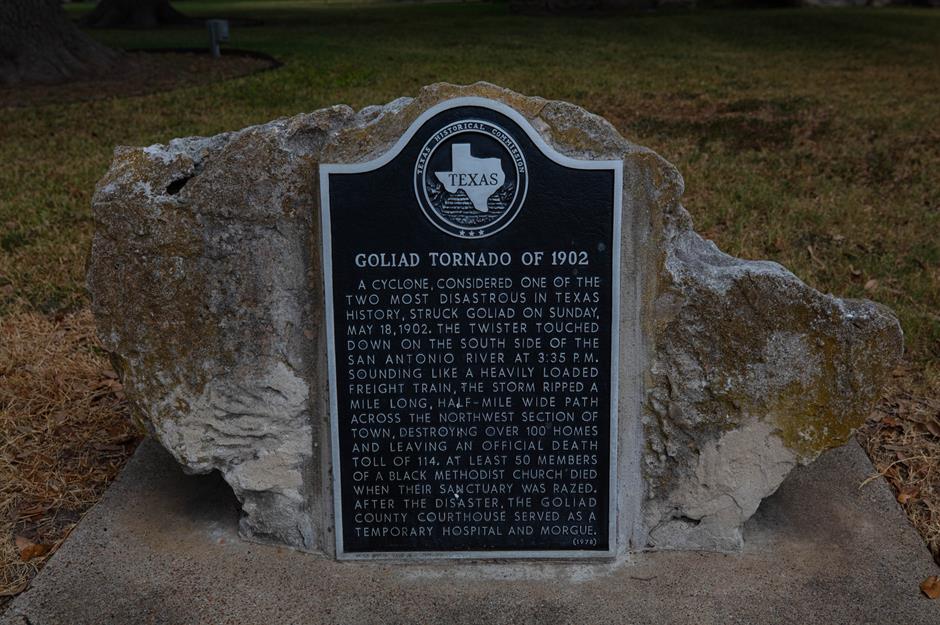
The tornado that struck the town of Goliad on 18 May 1902 was the first major such disaster in the state’s recorded history and is still among the worst to ever hit Texas. It didn’t just cause destruction, it completely leveled a section of the town one-mile (1.6km) long and half-a-mile (0.8km) wide. The official death toll of 114 included at least 50 worshippers who were inside a Methodist church when it was flattened by the tornado. A plaque, pictured, commemorates the event.
1908: Amite-Purvis Tornado, Louisiana and Mississippi, USA

The Dixie Tornado Outbreak of 24 April 1908 killed at least 320 people across several states. But it was the tornado striking Amite, Louisiana and Purvis, Mississippi that caused the most concentrated damage. Classed as a F4 – the second-highest category in terms of severity – the tornado flattened all but a handful of houses in Amite before flattening Purvis, killing 143 people and injuring hundreds more in the two small towns.
1908: Naria, Zajira and Bhedarganj, Bangladesh
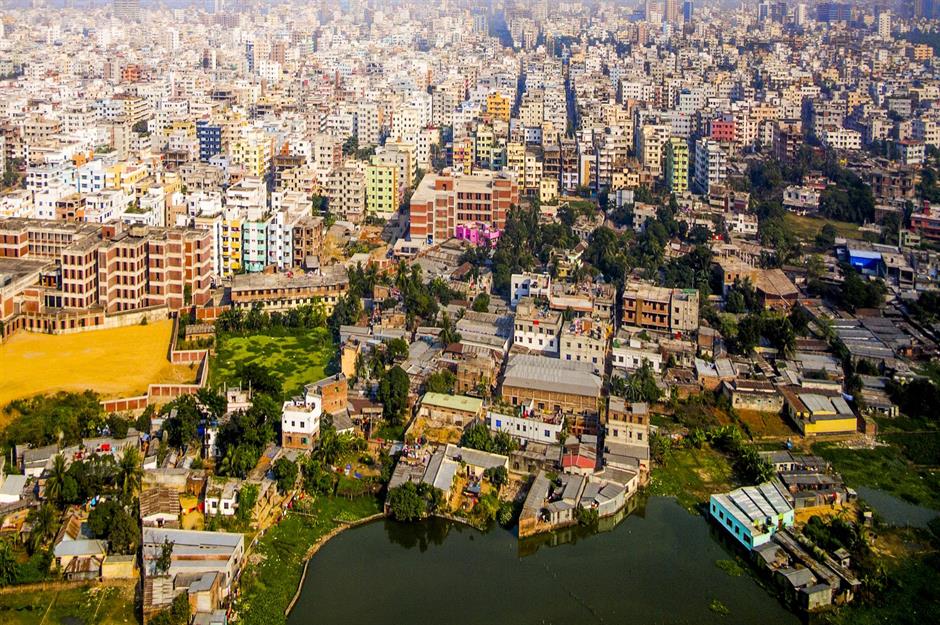
On the same day in April 1908, thousands of miles away, another deadly tornado struck Naria, Zajira and Bhedarganj in the Dhaka Division of Bangladesh (which was then under British rule with Dhaka the capital of Eastern Bengal and Assam province). It’s estimated that 141 people were killed with thousands more injured, though the full extent of the damage isn’t documented. Pictured is the city of Dhaka, the Bangladeshi capital, as it looks today.
1913: Omaha, Nebraska, USA
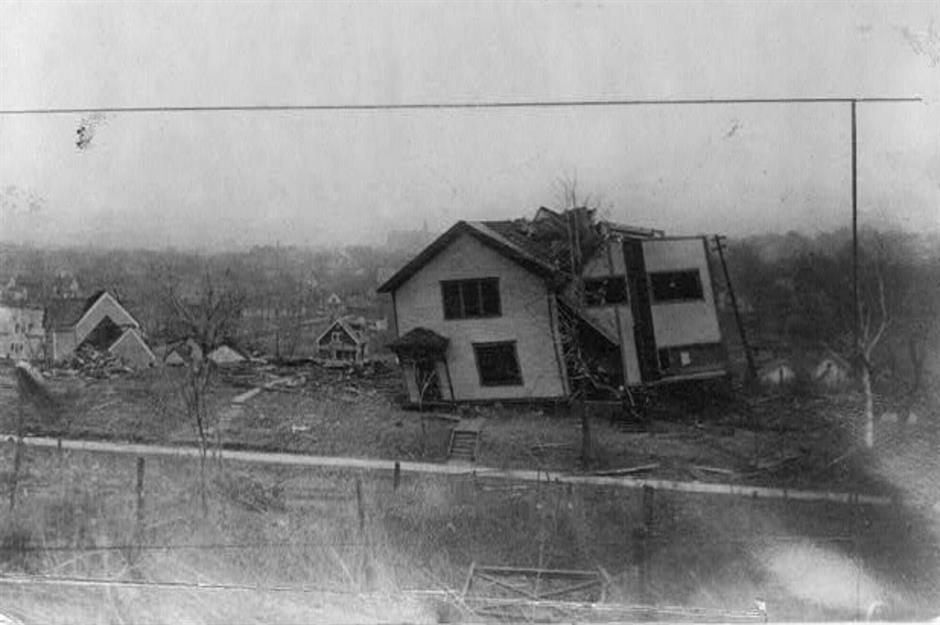
One of the most devastating storms in US history rattled through Nebraska on 23 March 1913. The Easter Sunday Tornado, as it became known, ripped violently across 40 miles (64km) of land in just 35 minutes. Its biggest impact was in Omaha, where it devastated a 4.5-mile (7.2km) stretch within a matter of seconds, killing 103 people. The overall death toll is believed to be closer to 150.
These are the most shocking weather events in every US state
1925: Tri-State Tornado, Missouri, Illinois and Indiana, USA
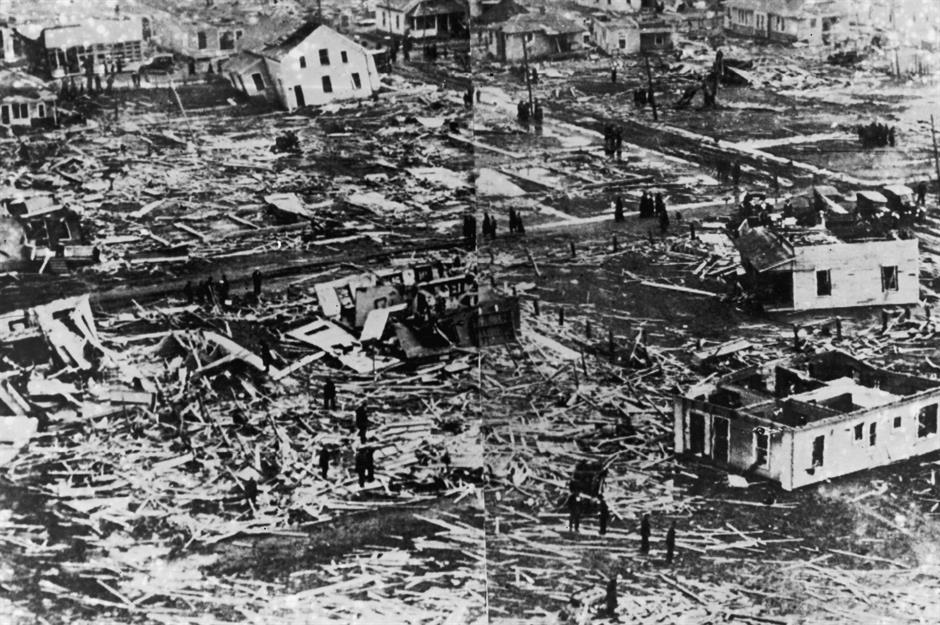
The Tri-State Tornado of 18 March 1925 remains the deadliest in US history, killing 695 people as it traveled from southeastern Missouri through southern Illinois and into southwestern Indiana. Illinois was the worst hit, with around 600 deaths, entire towns and farms destroyed and thousands left homeless after the tornado. The tornado traveled a total of more than 219 miles (352km), which is the longest track for a single tornado. Today it would be classified as a F5 – the highest category – with winds exceeding speeds of 300mph (483km ph).
1932: Deep South Tornado Outbreak, USA

Sometimes referred to as the 1932 Super Outbreak, the series of tornados that hit on 21 March 1932 is the single worst such event to hit Alabama in terms of death toll and scope of damage. It all happened in one day, with at least 20 tornadoes hitting Deep Southern states, from Montgomery in Alabama and north towards Tennessee and Georgia. It’s reported more than 330 people died in total, with 268 of those in Alabama, while towns and homesteads in and around Birmingham (pictured) were leveled.
1934: Sylhet District, Bangladesh
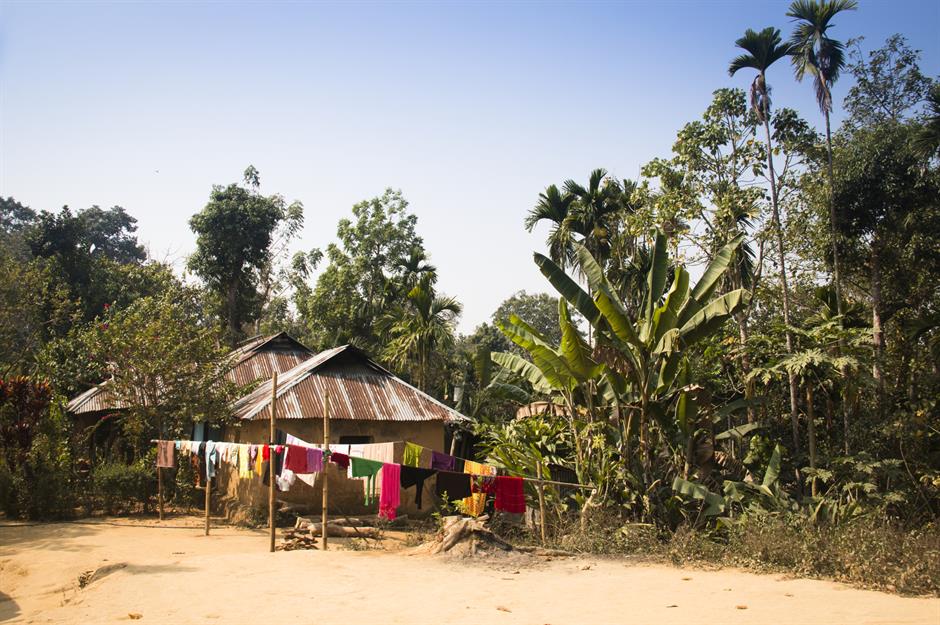
The Sylhet District – part of British India’s Assam region before becoming part of East Bengal and later independent Bangladesh – was devastated by a tornado in May 1934. The storm is believed to have killed at least 200 people, with many more injured or missing. Disturbing reports at the time described bodies floating in the river, suggesting the death toll could have been higher than official figures. Tens of villages were destroyed and thousands left homeless. Pictured is a village in Sylhet today.
1936: Tupelo, Mississippi, USA
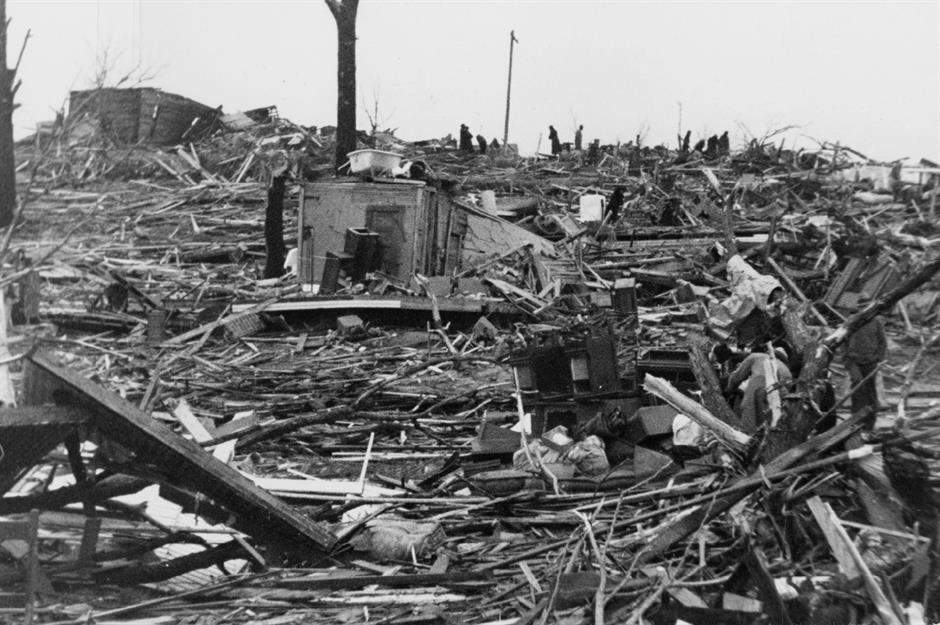
A baby boy named Elvis Presley and his mother Gladys were among the survivors of the terrifying tornado that hit the singer’s birth town of Tupelo on 5 April 1936. Many more were killed, with a death toll of 216 people. The tornado began in Coffeeville before traveling across the state to Tupelo, where it hit the Gum Pond area with full force. Close to 50 blocks were reduced to rubble, as this picture shows.
1936: Gainesville, Georgia, USA
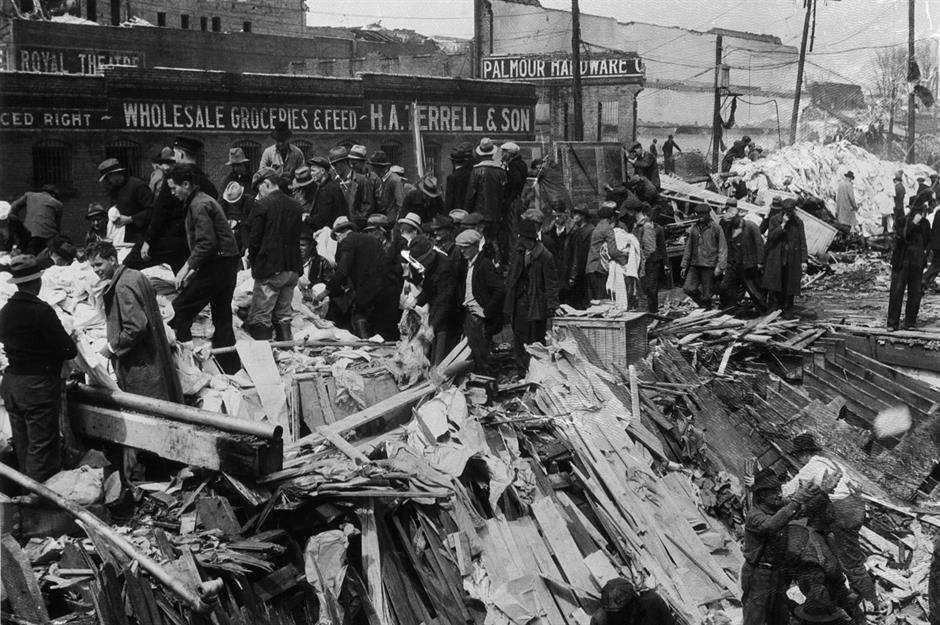
A twin threat of tornadoes converged in Gainesville on 6 April 1936, killing 203 people, injuring 1,600 and tearing apart full blocks of the northern Georgia town. Around 750 houses were destroyed and other buildings were left in splintered tatters. Workers under the Works Progress Administration (WPA) employment scheme (part of efforts to pull the country out of the Great Depression) were drafted in to clear the aftermath (pictured). The tornado is ranked as the fifth-deadliest in US history.
1947: Glazier, Higgins and Woodward tornado, Texas, Oklahoma and Kansas, USA
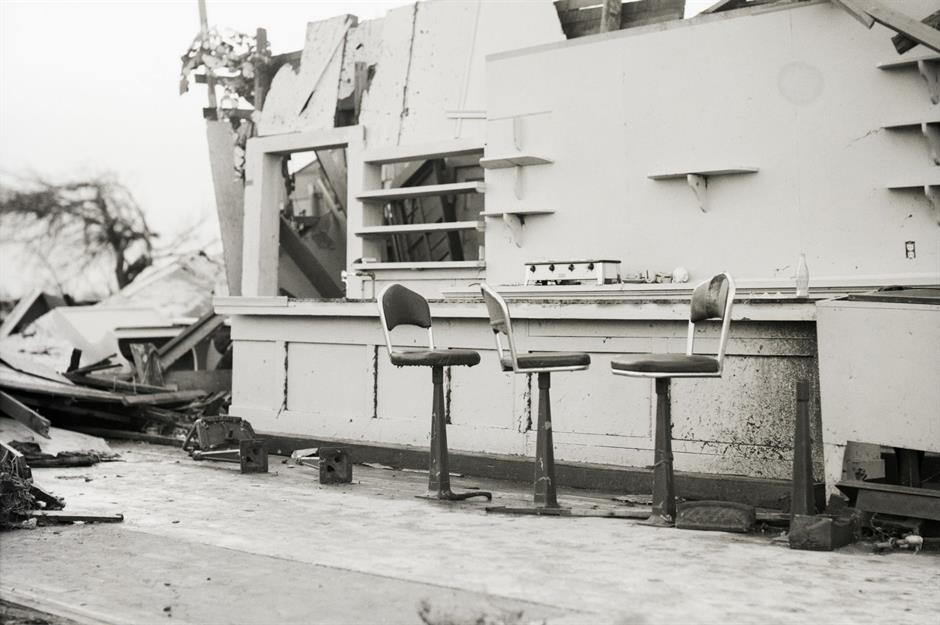
This deadly tornado traveled continuously for more than 100 miles (161km), starting its path of destruction in the small Texas Panhandle towns of Glazier and Higgins, where at least 69 people were killed and buildings were leveled. But it was Woodward in Oklahoma that bore the brunt. It hit the city with little warning, flattening around 100 blocks and destroying structures including The Oasis (pictured), a diner where several customers were injured. At least 116 people were killed in the state, with a total death toll (including victims in Kansas, where it also struck) of 181 people.
1951: Comoros
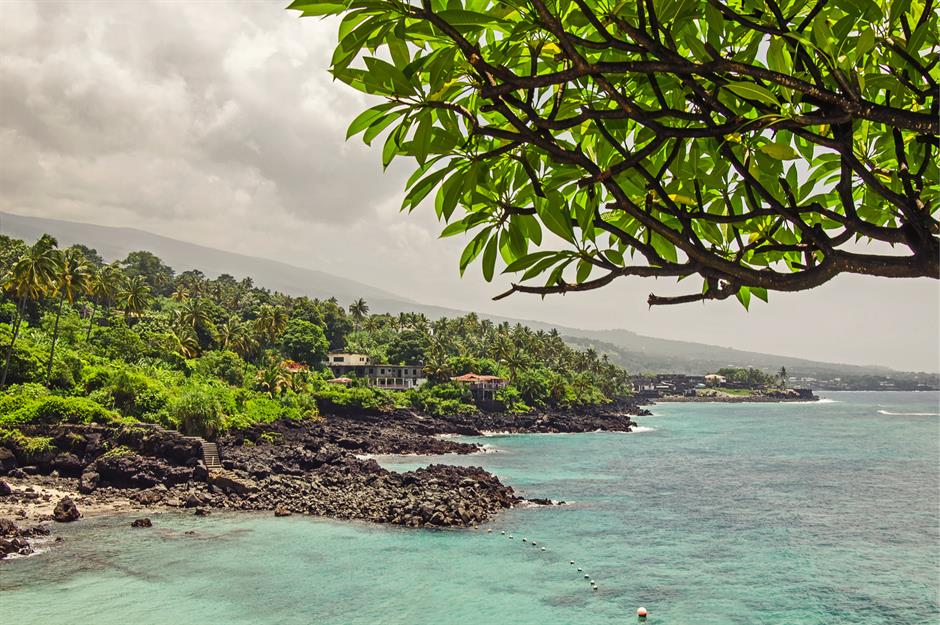
Comoros, a volcanic archipelago nation off the coast of East Africa, was devastated by a fierce tornado that battered the islands with strong winds over two days in early 1951. It’s estimated that around 500 people died in the storms, with many more injured. The precise details, including the date, are scant but it’s believed the tornado began as a waterspout and gained intensity by the time it hit ground as a twister. The Indian Ocean archipelago, pictured as it looks today, remains vulnerable to cyclones and coastal flooding.
1953: Waco, Texas, USA
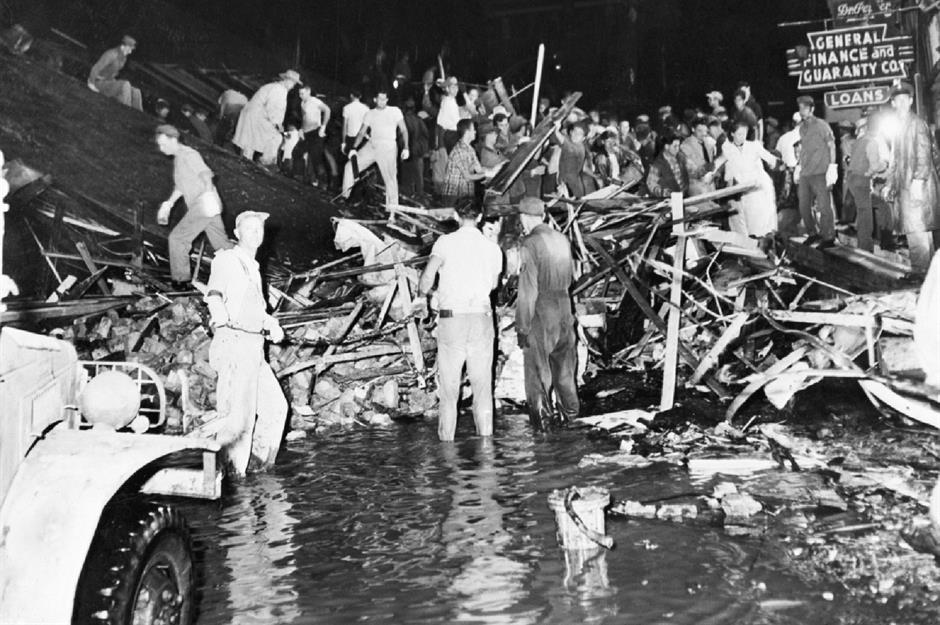
This terrifying tornado, categorized as the maximum F5 in severity, equaled the 1902 Goliad disaster in death toll, with 114 people killed – though it’s classed as the deadliest too due the number of people injured, at around 600. It also pretty much flattened the city of Waco when it hit on 11 May 1953. Winds of speeds above 300 miles per hour (483km ph) tossed cars and trees around the streets, tore down homes and reduced businesses – including the five-story Dennis Furniture store, pictured – to rubble. Flooding as a result of the storm made rescue efforts particularly difficult.
1953: Flint, Michigan, USA
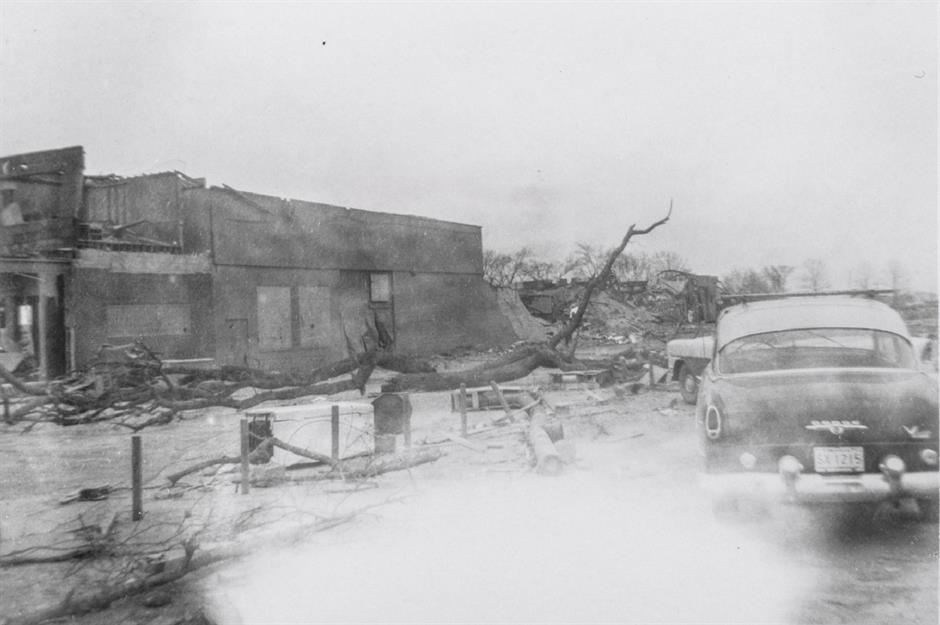
The severe F5 tornado that hit the Beecher district of Flint, Michigan on 8 June 1953 is classed as the 10th-deadliest in the US and the most devastating to ever strike the state. It tore a 27-mile (43km) path, ripping houses from their foundations, uprooting trees and sending cars flying through the air like missiles. A total of 116 people were killed and 844 were injured. The year of 1953 was one of the worst for tornadoes in US history, with a twister hitting Worcester, Massachusetts the following day, killing 90 people.
1961: Faridpur and Dhaka Districts, Bangladesh
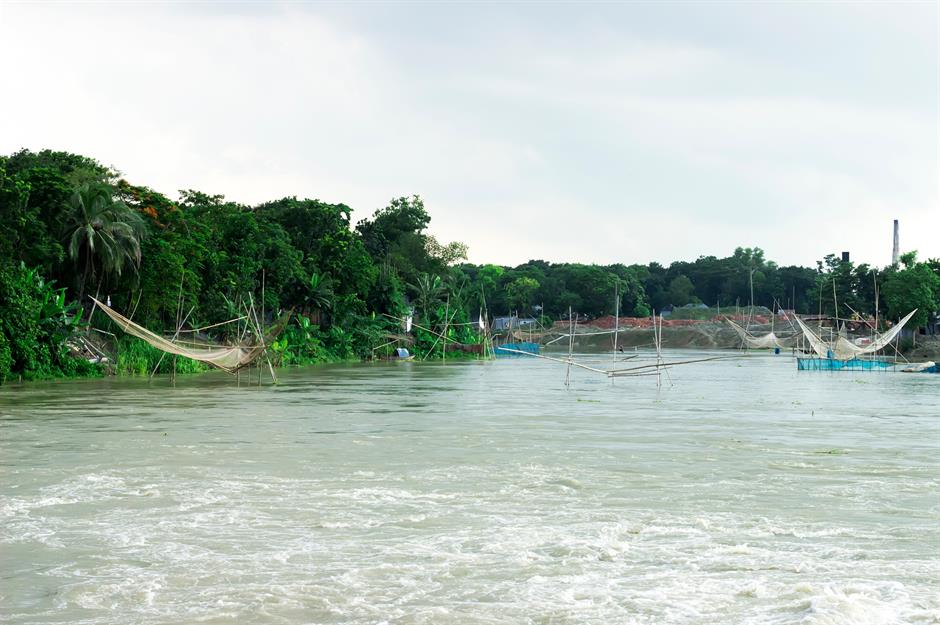
The impact of this deadly tornado was particularly devastating because it simply took people by surprise. April is peak tornado season in Bangladesh, so the districts of Faridpur and Dhaka (then part of East Pakistan) were unprepared for the twin twisters that struck on 19 March 1961. It’s reported that 210 people were killed in these areas in central Bangladesh, while many more were injured. Pictured is the Padma River, which runs through Faridpur.
1963: Cooch Behar, India

The tornado that touched land near the town of Cooch Behar in the evening of 19 April 1963 swept up both bodies and buildings in its path. People are said to have been fatally thrown as far as nearly 2,000 feet (610m). The official death count in and around the town – which is around 20 miles (32km) from the feet of the Himalayas – is 139. It’s thought the total number killed, including people in neighboring Bangladesh, was around 300. Among the surviving structures was the city’s famous 19th-century palace, pictured today.
1964: Narail-Magura tornado, Bangladesh
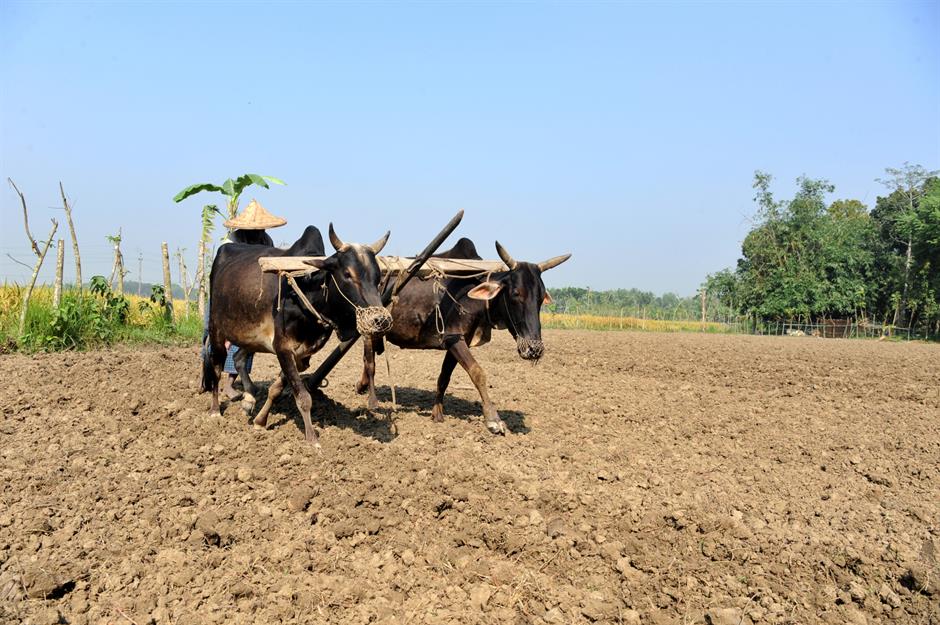
Seven villages were wiped off the map after the tornado that hit Bangladesh on 11 April 1964 – and many others including Magura (pictured today) were almost completely demolished. The Narail-Magura tornado developed northeast of Muhammadpur and tore a relentless path to the Nabaganga river before turning towards the Narail District. Its horseshoe-shaped path covered around 20 miles (32km) and, though the total number of deaths is unknown, it’s estimated at between 300 and 1,400. One of the obliterated villages, Bhabanipur, was home to 400 people, of which not one was found.
1969: Dhaka District, Bangladesh
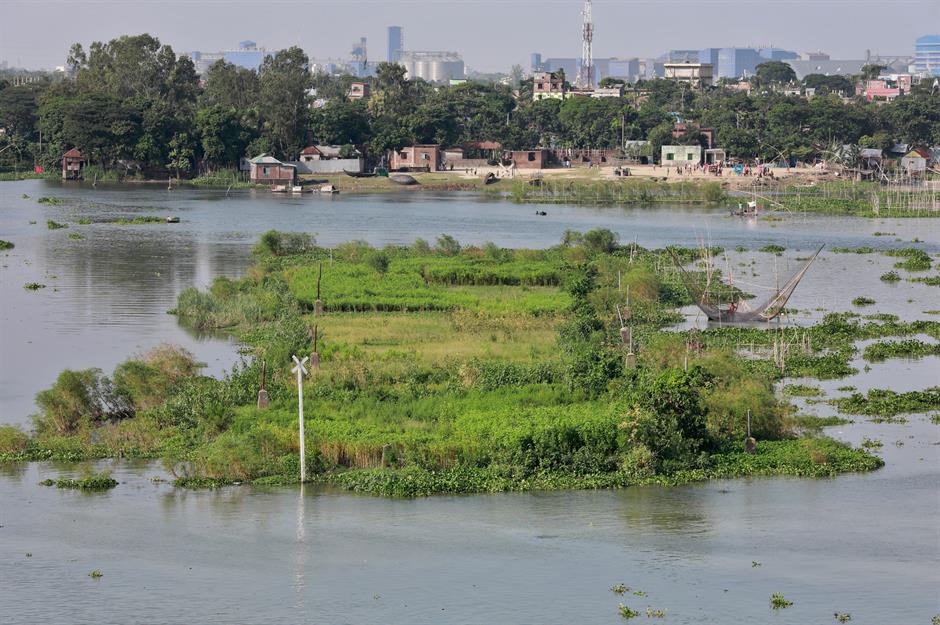
Formerly part of East Pakistan and now the capital of Bangladesh, the highly-populated area of Dhaka and its suburbs was the worst hit in a deluge of terrifying tornadoes on 14 April 1969. A total of 660 people were killed and more than 4,000 injured. The impact was exacerbated by the weakness of structures in shanty towns such as Demra, pictured today, which bore the brunt of the impact.
1969: Comilla, Bangladesh
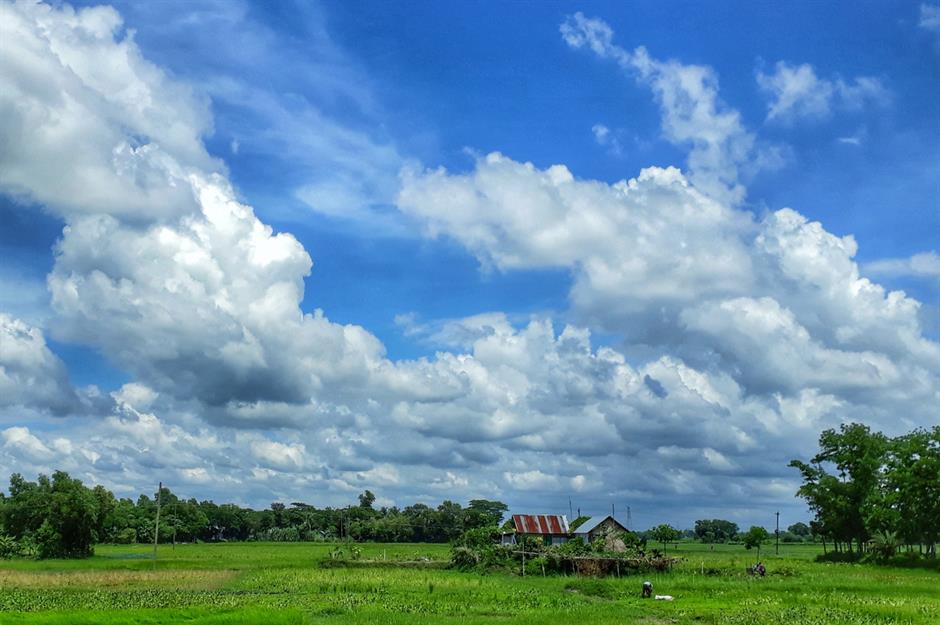
A second deadly tornado hit another part of what was East Pakistan on the same day. Around 31 miles (50km) to the east of Dhaka, the Comilla region was hit by a separate storm that killed a recorded 263 people and injured thousands. The area’s dense population and ineffective warning systems contributed to the tragically high death count. Combined with the huge loss of life in Dhaka, this was among the deadliest days in tornado history. Pictured is Comilla as it looks today.
1972: Barisal District, Bangladesh

The country’s poor warning systems have also been blamed for the devastation and tragic loss of life caused by the tornado that hit the area around Barisal or Barishal, in south-central Bangladesh, on 29 April 1972. The same month had already seen 200 people killed in Fulbaria, in the north, on 1 April, and 75 people killed on 5 April in Dhaka suburbs. Here, the official number of fatalities was 300 – though it’s believed many more may have died due to the number of people living in shanties, with no record of their existence. Pictured is a rural area just outside the city of Barisal today.
1973: Manikganj District, Bangladesh
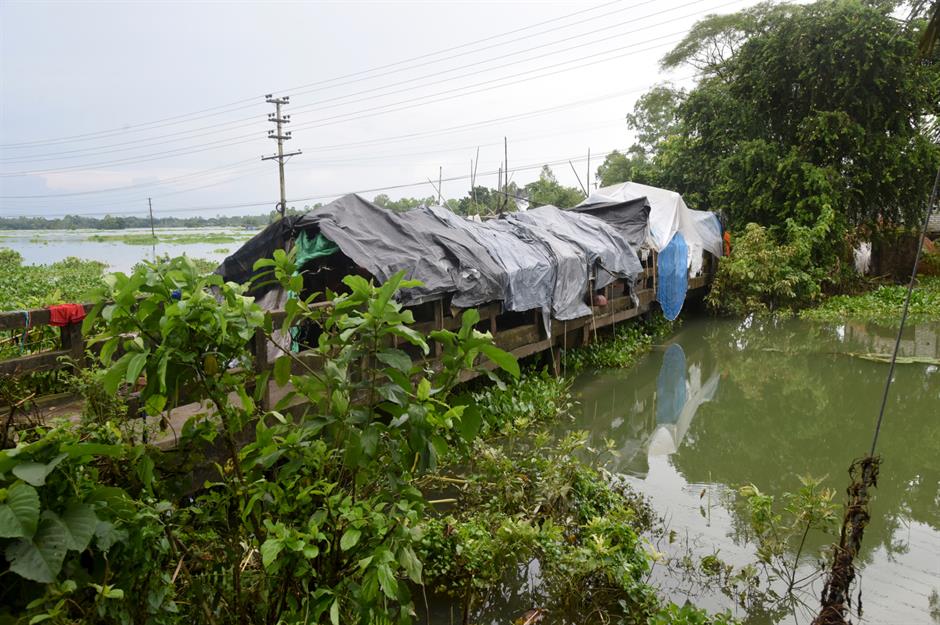
An entire village, Balurchar, was obliterated on 17 April 1973. Two tornado funnels merged to form one giant, particularly potent tornado that plowed through the Manikganj District of the Dhaka Division. It destroyed pretty much everything in its zig-zagging path, pummeling nine villages and blowing boats from the Kaliganga river. The official death toll is 681, though it’s thought many deaths went unrecorded – placing this among the worst tornadoes in history. The area has more recently been affected by severe flooding (pictured here in late 2020).
1977: Madaripur District, Bangladesh

Around 500 people were killed in the tornado that ripped through the heart of the Madaripur District in central Bangladesh on 1 April 1977. Corrugated iron and steel roofs were blown from structures “like kites”, according to witness reports, with some striking villagers. Dozens of bodies were also recovered from the river. While there’s no record of the full extent of the damage, it’s reported that no houses or trees were left standing, with villages such as Solenama completely destroyed. Among badly-hit areas to have been rebuilt is Shibchar, pictured.
1984: Russian Tornado Outbreak, Ivanovo and Yaroslavl, Russia
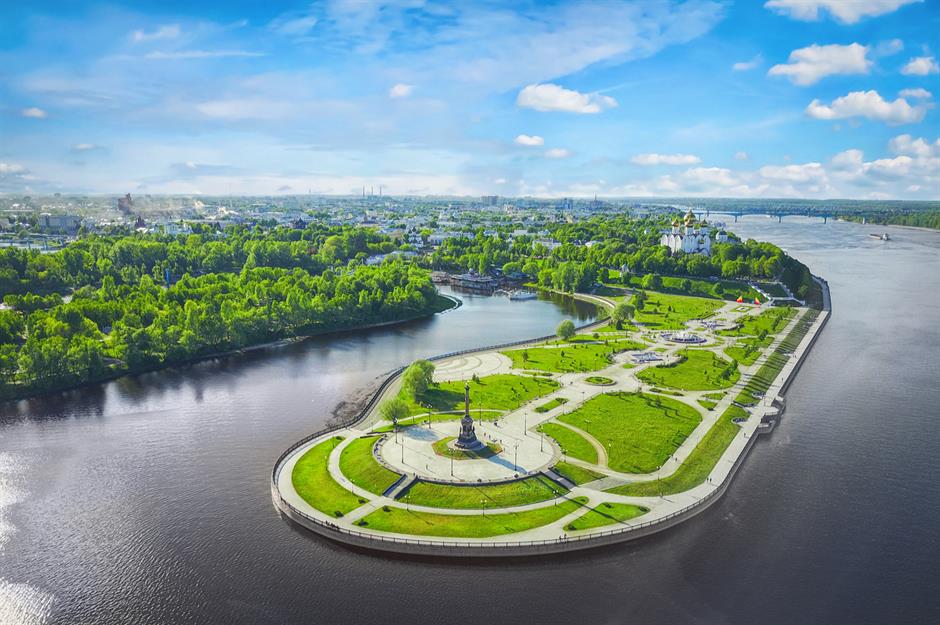
Some details of this fatal tornado outbreak are scant because it happened under Soviet rule, though it’s considered among the deadliest to hit Russia with reports of anything from 69 confirmed deaths to more than 400 people killed. It carved a fatal path through the Ivanovo and Yaroslavl regions, around 200 miles (322km) north of Moscow, on 9 June 1984. The storms toppled buildings made with steel-reinforced concrete and tossed trees into the air. There were also reports of hailstones weighing 1kg (2.2lb). Affected areas including Yaroslavl (pictured) have been rebuilt.
1989: Daulatpur-Saturia Tornado, Bangladesh
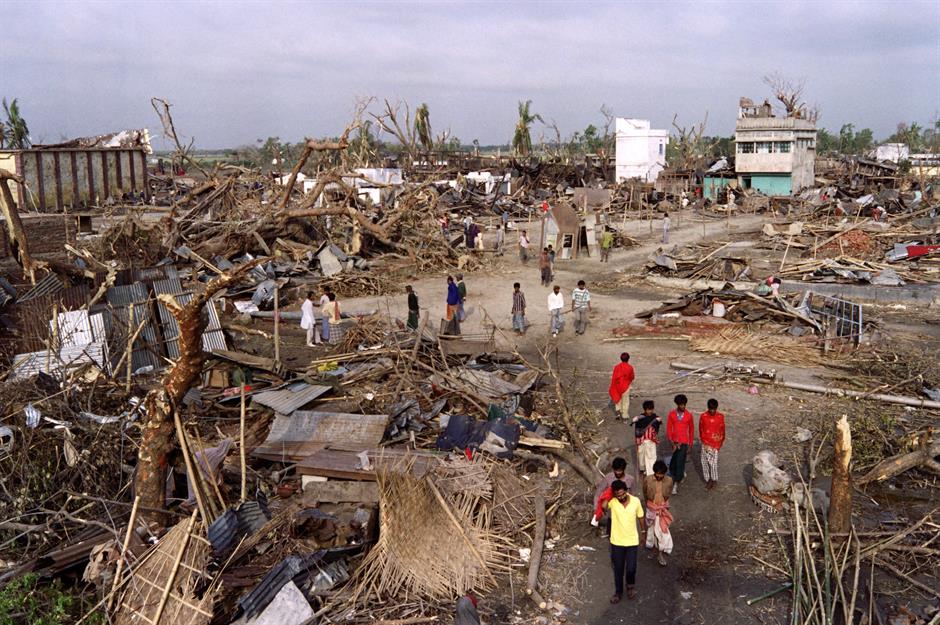
The world’s deadliest-ever tornado struck Daulatpur and Saturia on 26 April 1989. The twister devastated a wide area and killed an estimated 1,300 people. A further 12,000 were injured, villages and towns were destroyed, and more than 120,000 people were left without homes. The tornado began in Daulatpur before spinning for 50 miles (80km) northeast to Saturia, in Bangladesh's Manikganj District, with a width of a mile (1.6km) at some points. This photo, taken a week after the tornado, shows just some of the devastation in Saturia.
1996: Madarganj-Mirzapur Tornado, Bangladesh
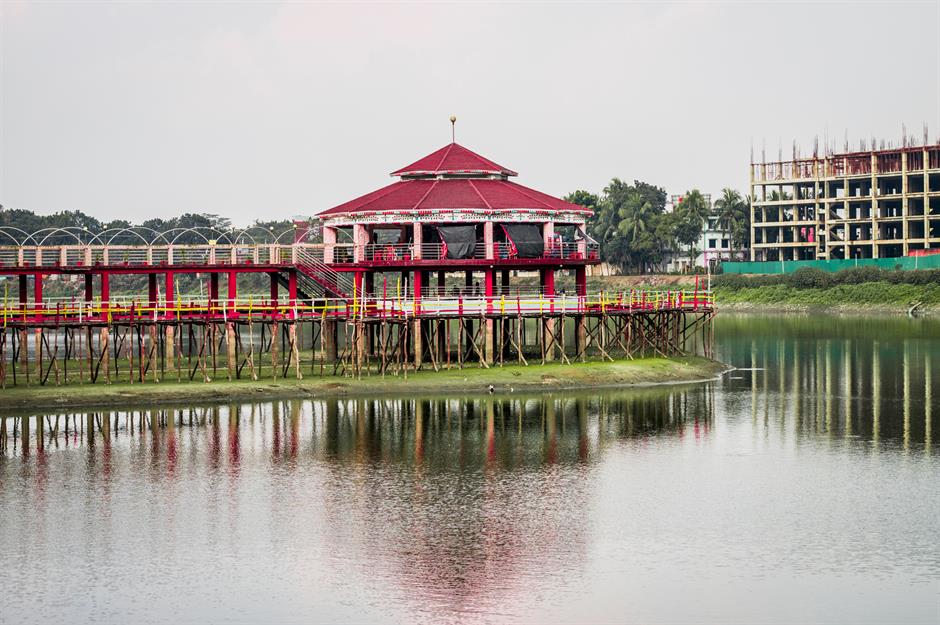
The high population density and poor quality of buildings meant the tornado that struck the districts of Tangail and Jamalpur on 13 May 1996 had a particularly devastating impact. Measuring the maximum F5 on the tornado classification scale, the tornado traveled from the region of Madarganj to Mirzapur, destroying more than 80 villages and killing more than 700 people. Other shocking statistics include 32,000 injuries, 7,000 domestic animal deaths, and more than 36,000 homes destroyed. The photo shows Tangail’s DC Lake park today.
1998: Odisha, India
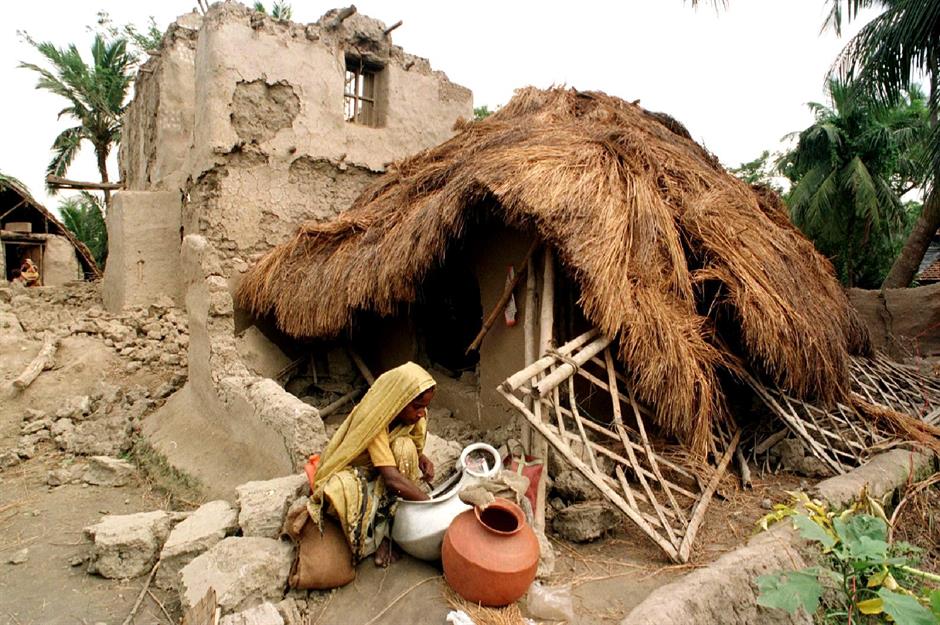
The storm that preceded the tornado in Odisha (then Orissa) was predicted by the local meteorology office, which sent warnings to the local radio station. Tragically, they were broadcast too late – after the tornado had struck. As a result, the 24 March 1998 storm killed more than 200 people, including 40 children who were crushed in their school building. The state was hit by another tornado in November 1999 (pictured is the aftermath in the village of Barunda). It was particularly devastating in the wake of the Super Cyclone that battered the region and killed an estimated 10,000 people.
2010: eastern India
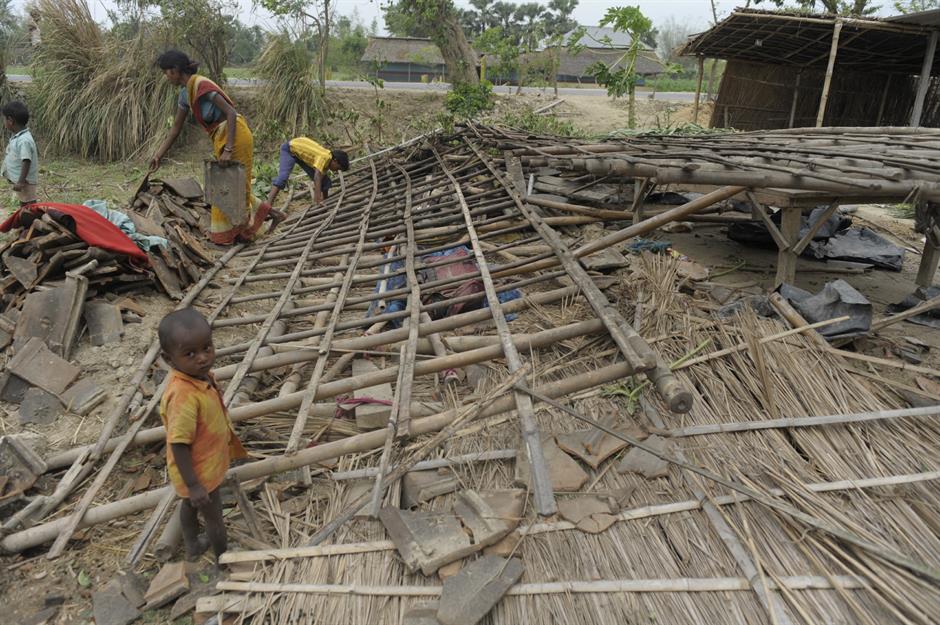
An estimated 137 people were killed and up to one million others were left homeless when a severe tropical storm hit the states of Bihar, West Bengal and Meghalaya in eastern India on 13 April 2010. Two people in neighboring Bangladesh also died as a result of the tornado, which developed in the Bay of Bengal before tearing through the land. In Rampur village, pictured in the storm’s aftermath, the roof of every home collapsed or was blown off by the tornado, which reached speeds of up to 75 miles per hour (120km ph).
2011: Joplin, Missouri, USA
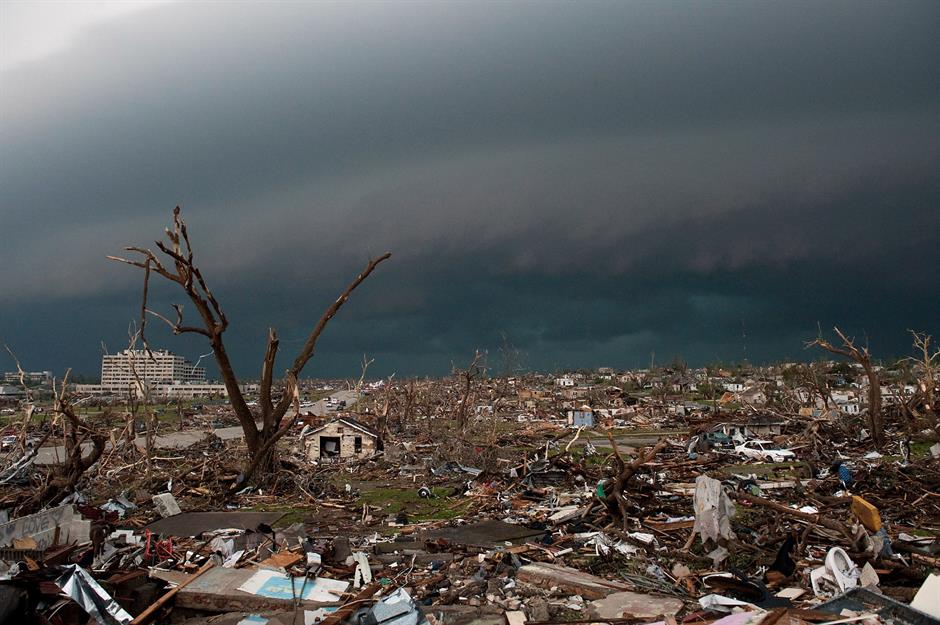
The tornado that hit densely-populated Joplin on 22 May 2011 was among the top 10 deadliest tornadoes in US history and the deadliest since modern record-keeping began in 1950. Measuring F5 on the scale, with speeds greater than 300 miles per hour (483km ph), the tornado killed 158 people and injured more than 1,000 others in the Joplin area. More than 8,000 buildings and 18,000 trees were toppled in the storm, as shown here, with damage costs of around $3 billion – more than any single tornado in US history.
2013: El Reno, Oklahoma, USA
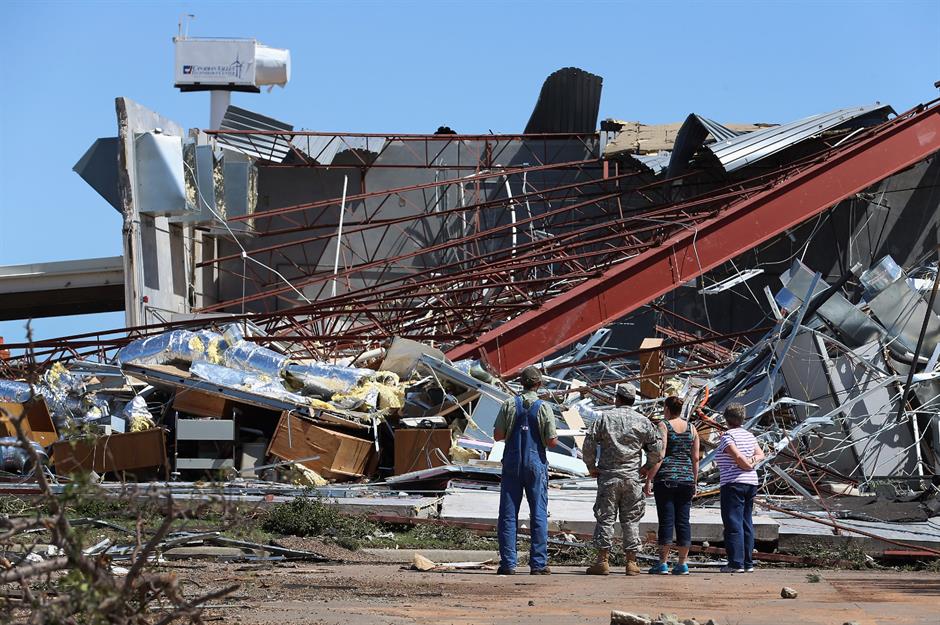
The twister that hit El Reno on 31 May 2013 is considered the most dangerous tornado in storm observing history, according to the National Weather Service. The death toll was relatively low, with eight people tragically killed in the tornado. All were in vehicles, including three storm researchers. The sheer intensity and breadth of the twister suggest it’s a miracle that more people weren’t killed, with the path swerving just south of the main part of the city and its airport, and sparing more significant devastation. The tornado was also a record-breaking 2.6-miles (4.2km) wide.
2015: Yangtze River, China
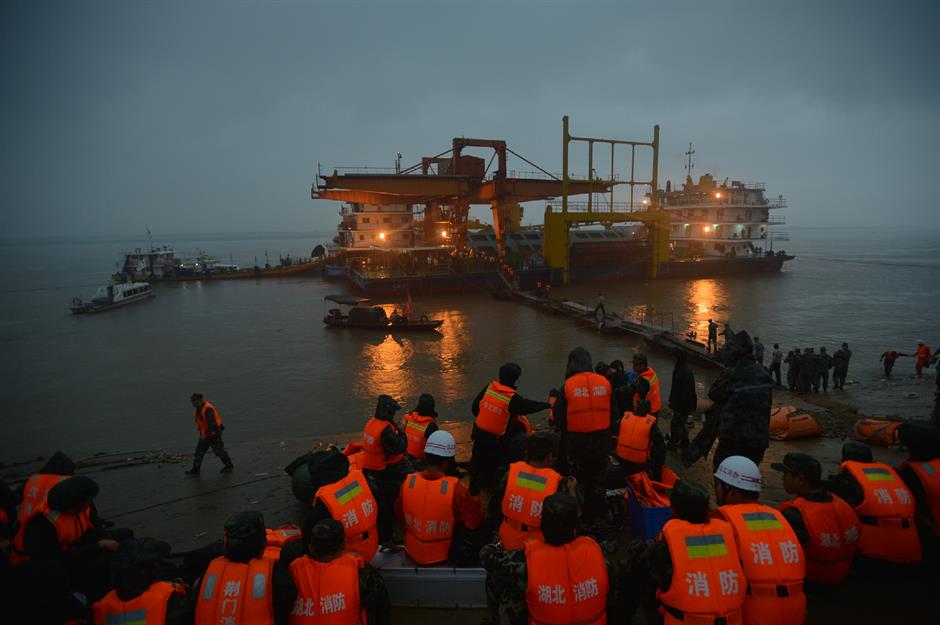
More than 450 passengers were on a pleasure cruise aboard the Eastern Star when it capsized in the Yangtze River on 1 June 2015 – and few survived. According to the China Meteorological Administration, a tornado hit the river and caused the ship to overturn and sink in one of the deadliest maritime disasters in China’s history. Despite rescue efforts, pictured, the final death toll was 442. An official inquiry blamed freak storms and the captain’s incompetence for the scale of the tragedy.
2020: Tennessee, USA
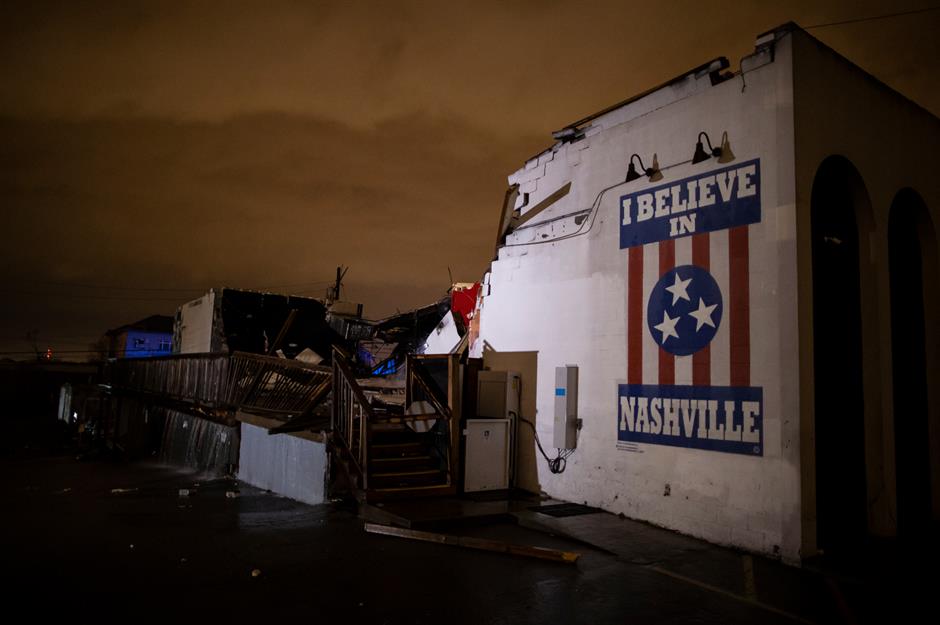
More than a dozen tornadoes ripped through central Tennessee overnight between 2 and 3 March 2020 – at the peak of the COVID-19 pandemic. Parts of East Nashville were badly hit while surrounding counties and smaller cities including Cookeville also suffered in the violent storms. Measuring between F3 and F4 in severity, the powerful twisters tore down buildings, whipped up vehicles and destroyed 90 planes and numerous buildings at Nashville’s John C. Tune airport. The March tornadoes killed 24, while a total of 28 people lost their lives to tornadoes in Tennessee in 2020.
2020: Easter Outbreak, USA
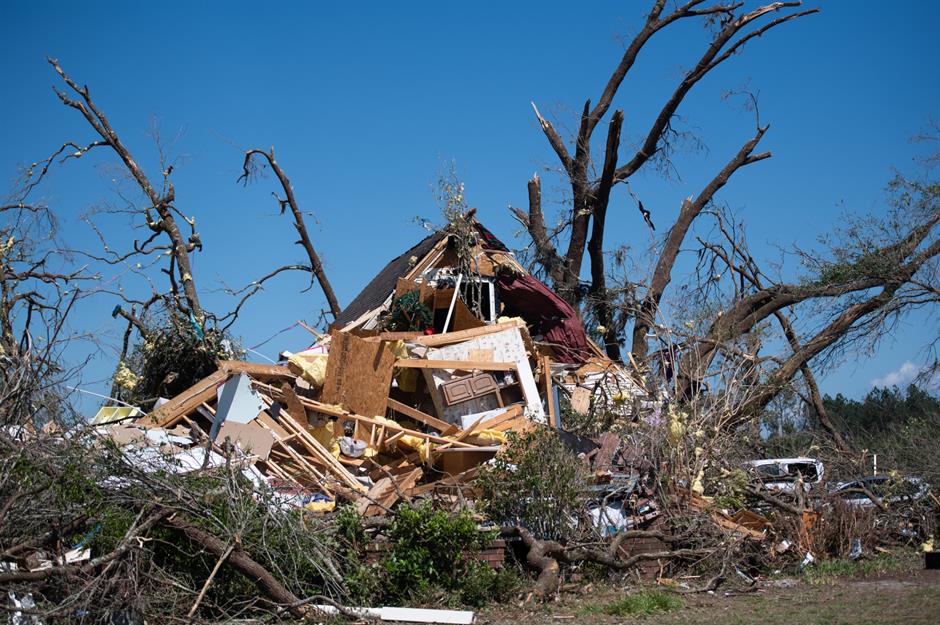
The relentlessness of 2020 continued with several states in southeast USA battered by a deluge of tornadoes that began on 12 April 2020 – Easter Sunday – and continued the following day. A total of 137 tornadoes struck land across 10 states. In Mississippi, a two-mile (3.2km) broad tornado was the widest in the state’s history. The outbreak led to 32 deaths in total. Many buildings, including this home in Nixville, South Carolina, were reduced to rubble.
Now read about places that have bounced back after the world's worst weather
2021: Dawson Springs, Kentucky, USA
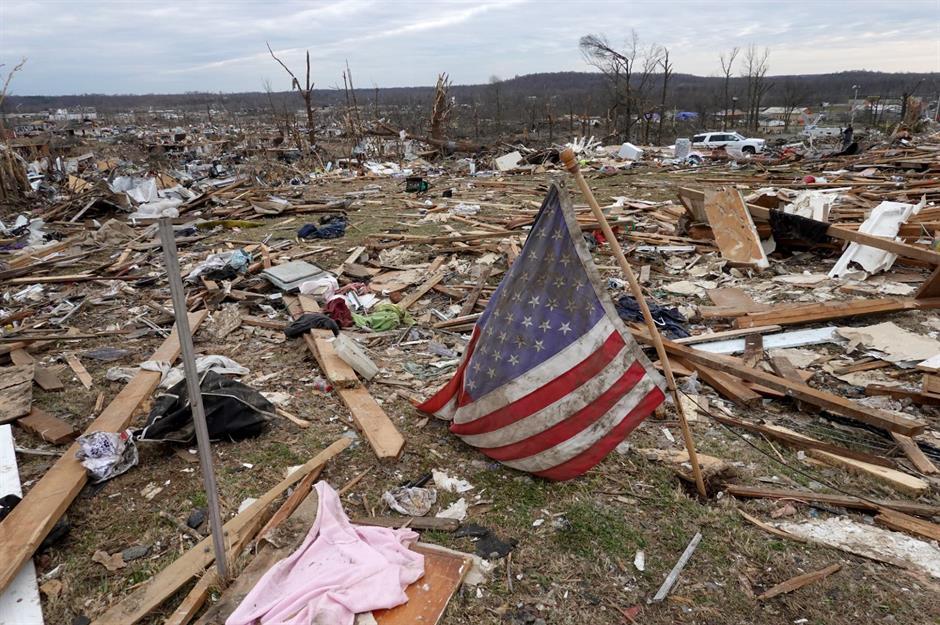
Beginning on 10 December 2021, a series of deadly tornadoes tore through several states in America's Midwest and South, leaving a path of devastation from Arkansas to Kentucky. One of the worst affected sites was the small town of Dawson Springs, in western Kentucky, which has been 75% wiped out. Mayfield, around 72 miles (116km) west of Dawson Springs, was also badly hit. Among the buildings destroyed were a 100-year-old church and a candle factory, where at least eight people were reported dead. At least 90 people are thought to have been killed by the tornadoes.
Comments
Be the first to comment
Do you want to comment on this article? You need to be signed in for this feature